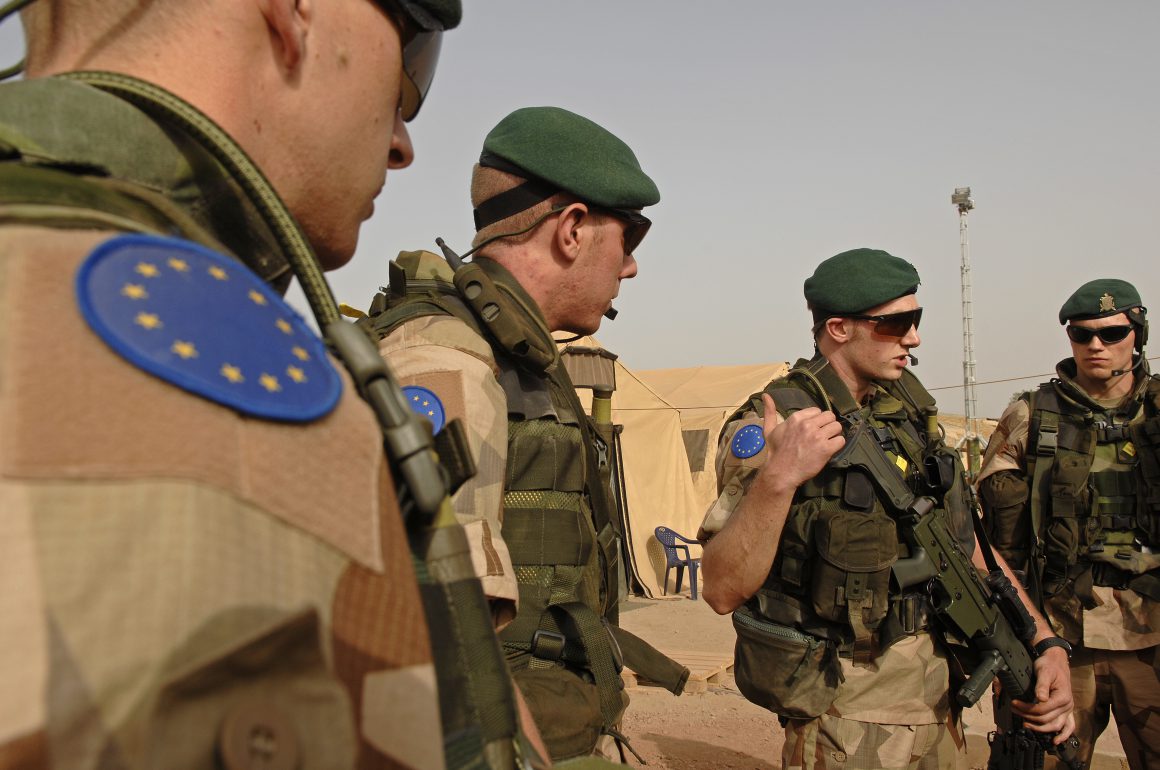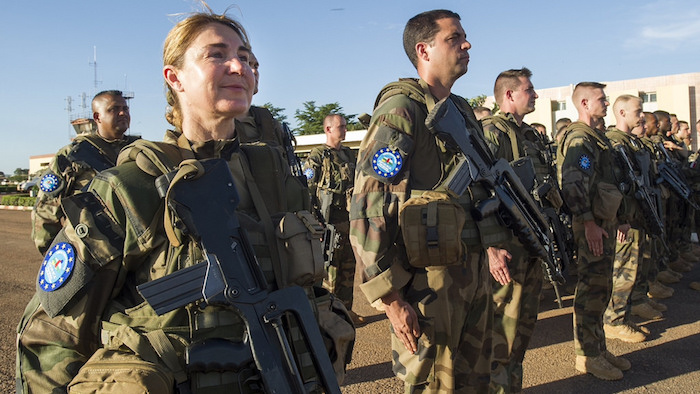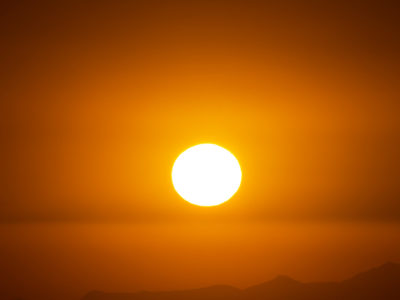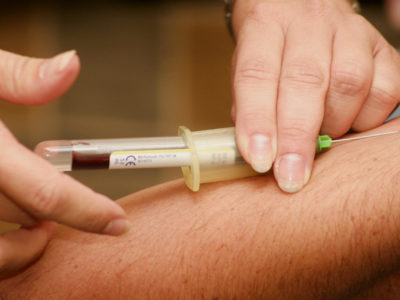The proposal for a more structured cooperation on defence and security issues across the European Union has been in development for a number of years. The current European Defence Initiative, comes from a proposal for an enhanced European Union defence, presented by France, Germany, Belgium and Luxembourg in Brussels in 2003. The European Defence Agency was born in 2004. Today the army of the European Union originates from the armed forces of the member states. However, these european soldiers are governed ‘by the Common Security and Defence Policy branch of the Common Foreign and Security Policy of the European Union. The Common Security and Defence Policy (the CSDP) sets military and civilian missions abroad. On the 13th of November the European Union signed a pact to integrate military funding that helps weapons development, and deployment of European defenses. This new group, the European integrated force, will have a 5 billion European Defense Fund. The next step will be the legal agreement in December.

The European Union is a Union of democratic constitutional States that contribute to the strengthening of the international rule of law both amongst themselves, and in their relations with non-EU countries. Given that the European Union is a legal entity based on treaties and legislative acts, it is vital that these are properly implemented in a uniform way across the 28 Member States.The Article 42 of the Treaty on European Union provides for military integration in the European Union. Article 42.2 provides for complete integration, but it has been blocked by the United Kingdom. Article 42.6 enables the armed forces of the member states to establish permanent cooperation (the PESCO). PESCO (Permanent Structured Cooperation on Defence) is the first step towards a EU army, with its proposals including inclusion in the European medical command, a network of logistic hubs across Europe and a creation of a European crisis response centre, as well as the joint training of military officers. In November the European Union signed a “historic” deal about Article 42.2 to integrate 23 armies.The majority of European union states have agreed to create the nucleus of a joint army. 23 out of 28 European Union states signed the declaration. United Kingdom , Denmark, Ireland, Malta, and Portugal stayed out.
The Unided Kingdom had always resisted the idea of joint European Union defense, fearing a big “European army”! The Brexit from the Europen Union has removed that problem. Poland is currently home to Nato forces, is guarding Europe’s eastern border, against Russian aggression. However Poland is worried about having 2 international armies within Europe: i.e. NATO and the European Army, two different military structures. Denmark has refused to take part in defence grounds and has disagreed to trebling current spending on defence. Portugal and Malta said military capabilities should be available to the UN and the UN only. Ireland is going to join in December, but the plan has created controversies amid fears that it could undermine Ireland’s policy of neutrality. It is important to know that Stoltenberg, the head of Nato, said the project was “good for Europe and good for Nato” because it would lead to more spending on defence.

The security threats which led to this European coalition shall be as follows. Terrorism in Europe is the main reason. The mutual defence clause, Article 42.7, was invoked for the first time in November 2015, following the terrorist attacks in Paris, which were described as an attack against Europe. However the European integrated force was also a reaction to the United State turn by president Donald Trump and his statment. He said that Nato is very expansive and the European Union needs to pay more. So the European Union now is deciding to shake off the US. Finally another reason is the increased regional instability following Russia’s invasion of the Ukraine.
Furthermore, we have to also consider that following the Kosovo War in 1999, the European Union was forced to retain the capacity for autonomous action. In last years European forces have been deployed on peacekeeping missions in middle and northern Africa, in the Western Balkans and western Asia. The most concrete result was the Eropean Union Battlegroups initiative. This can quickly deploy about 1,500 soldiers. The European Army and European Rapid Reaction Forces will have three main roles. One is to give assistance to civilians in crisis outside the European Union. The second, is to respond to United Nation calls for peacekeeping forces. The third is to intervene between separate warring factions. In all three scenarios the European Union would deploy its forces only if Nato decides not to get involved. These forces are under the direct control of the Council of the European Union. The security threats which exist today, are not the traditional ones that existed in the 1940s when NATO was established, these include cyber terrorism, cyber attacks, traditional terrorism and drug and human trafficking. The European Union wants to be involved in actions against all of these.








1 comment for “European army: why and how”